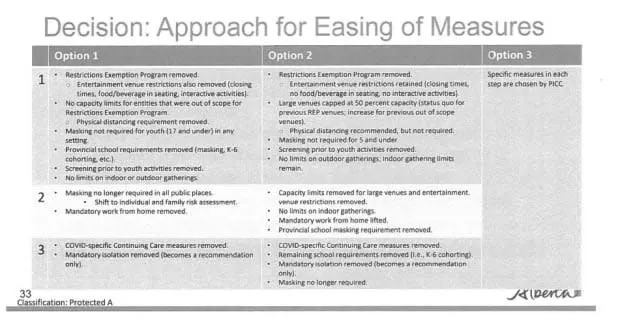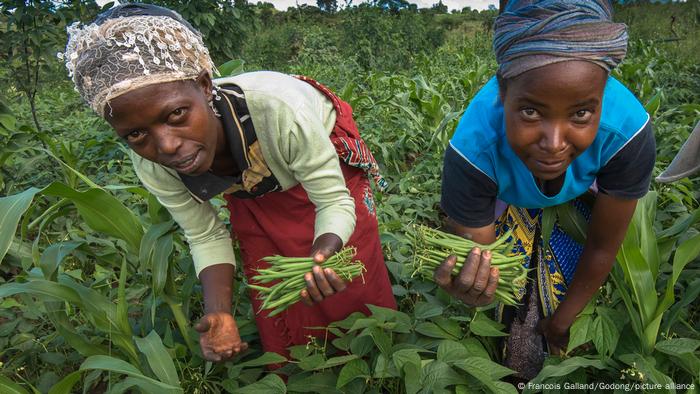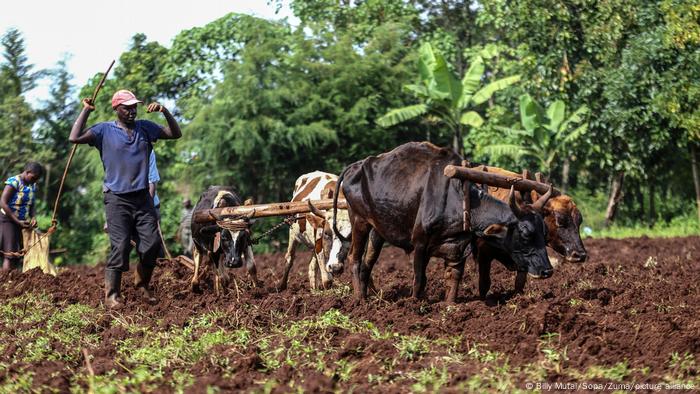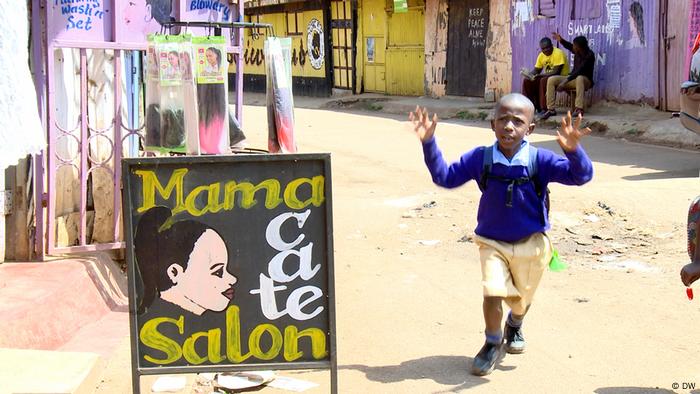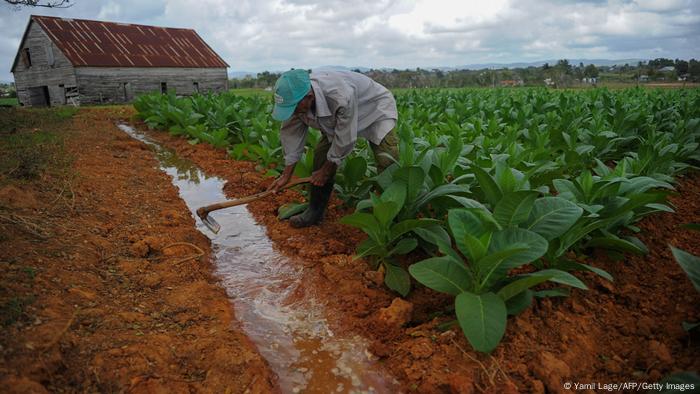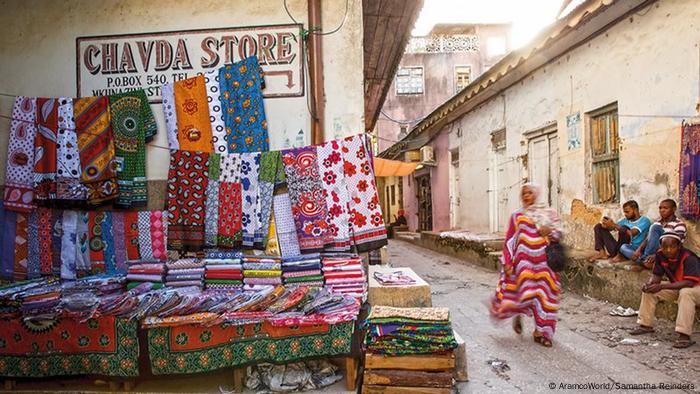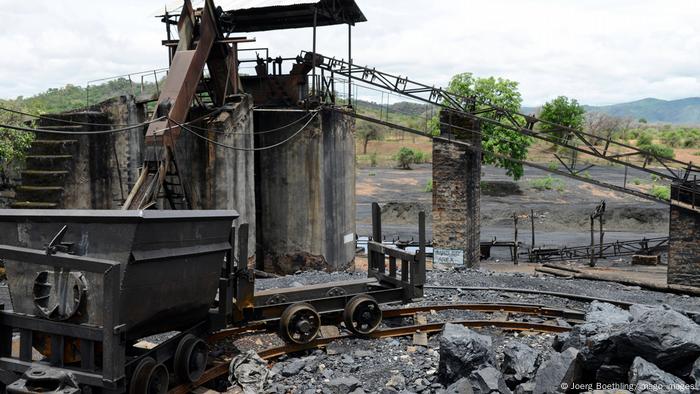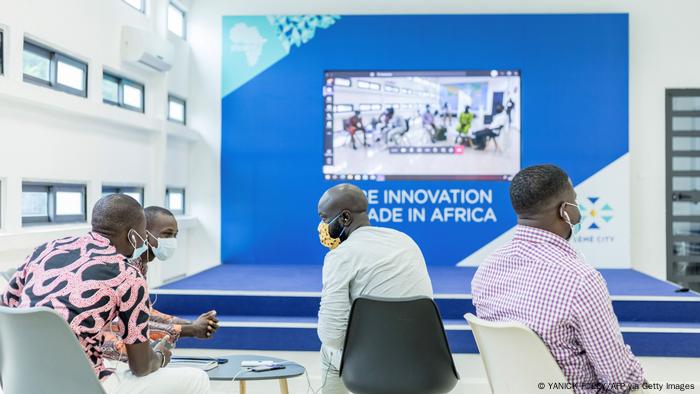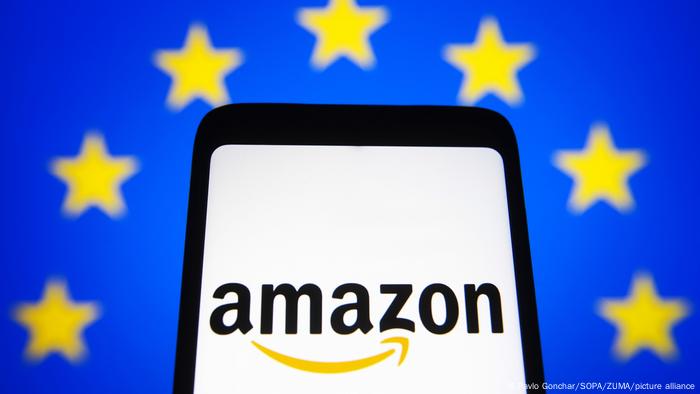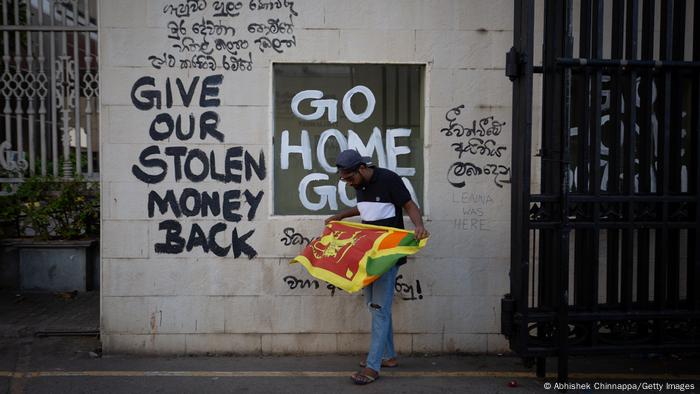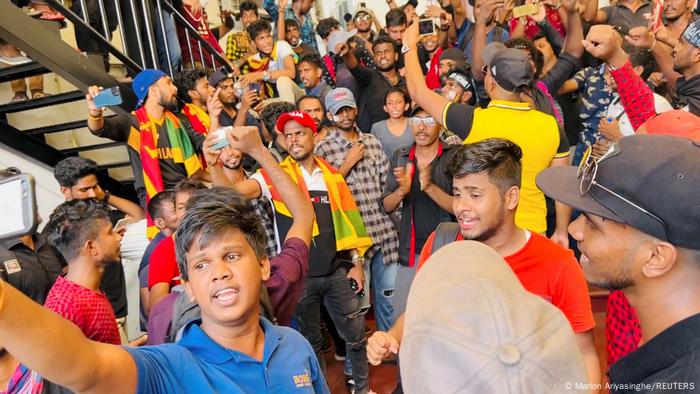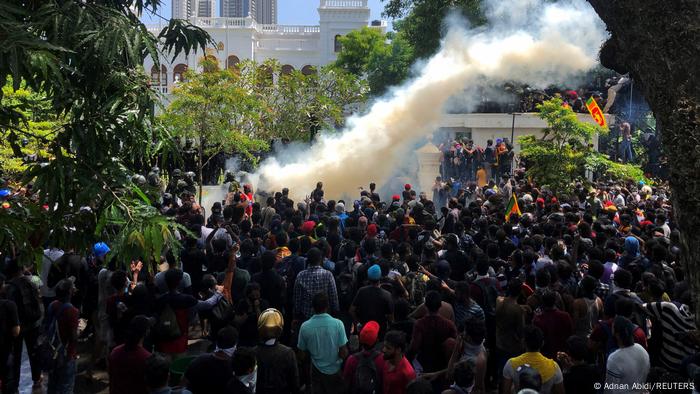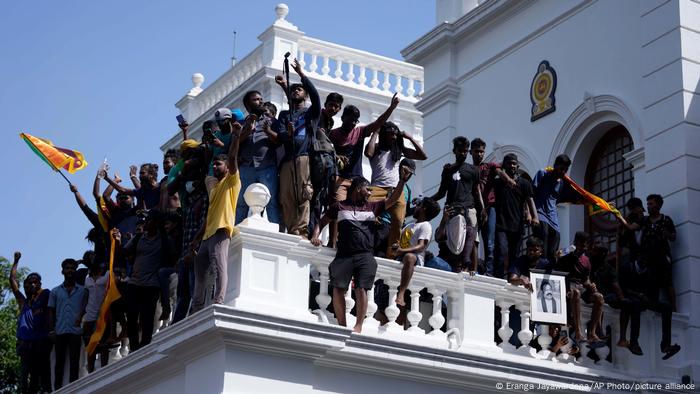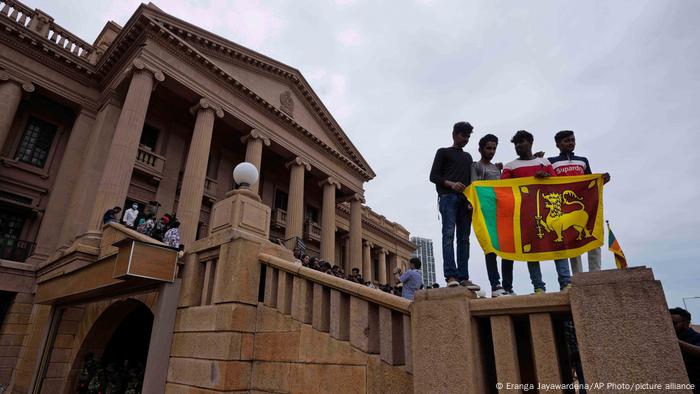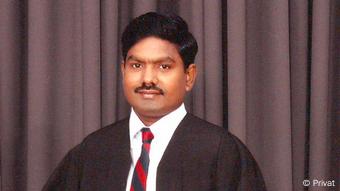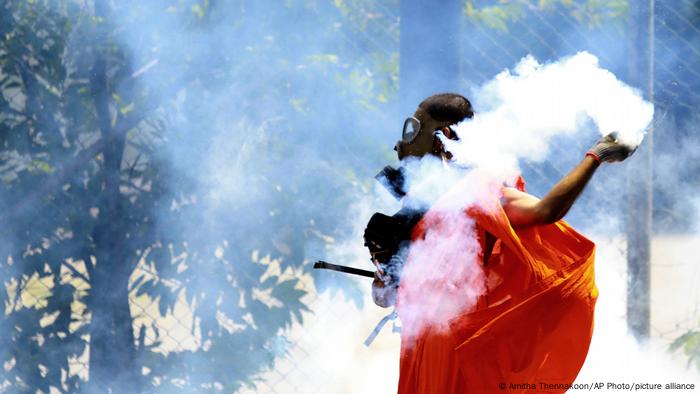SEXY SCIENCE
NASA's James Webb Space Telescope imaged Jupiter's rings and moons, in white-hot infrared

NASA released new images of Jupiter from its groundbreaking James Webb Space Telescope Thursday.
The infrared images are so clear that you can see Jupiter's thin rings and some of its moons.
Scientists are surprised that JWST can see so clearly, so soon.
NASA has cast its most powerful infrared eye on Jupiter with a new set of images from the James Webb Space Telescope (JWST).
The new observatory, orbiting the sun about 1 million miles from Earth, proved it can peer more than 13 billion light-years across the universe this week, when NASA released its first full-color images. They show countless galaxies, stars, and clouds of dust in the distant universe.
JWST can image closer, more familiar objects, too. On Thursday, NASA released a series of new JWST images showing Jupiter in stunning detail. Alongside the gas giant are its moons Europa, Thebe, and Metis. Scientists think Europa has a saltwater ocean, deep below its thick ice crust, which could harbor alien life.
Even Jupiter's thin rings are visible in some of the new images. The rings are made of dust particles hurled into space when micrometeoroids crash into nearby moons. Nobody knew they existed until the Voyager spacecraft passed Jupiter in 1979, looked back, and saw the rings silhouetted against the sun.

Europa's shadow appears just to the left of Jupiter's famous Great Red Spot, an anticyclone large enough to swallow Earth. The storm is white in this picture, because of how scientists processed the infrared data the telescope beamed back.
"I couldn't believe that we saw everything so clearly, and how bright they were," Stefanie Milam, a planetary scientist on NASA's JWST team, said in a blog post revealing the images. "It's really exciting to think of the capability and opportunity that we have for observing these kinds of objects in our solar system."

JWST captured the new images using its Near Infrared Camera (NIRCam) filter. The images that clearly show the bands of Jupiter's atmosphere were captured using a filter for short wavelengths of light. Others, like the above image showing Jupiter as a ball of bright white light, went through a filter for long wavelengths.
To make sure the telescope can find and track stars in the background of bright objects like Jupiter, NASA focused the telescope on a distant star as Jupiter moved past. That resulted in the below animation of Jupiter and Europa zipping by.

"Combined with the deep field images released the other day, these images of Jupiter demonstrate the full grasp of what Webb can observe, from the faintest, most distant observable galaxies to planets in our own cosmic backyard that you can see with the naked eye from your actual backyard," Bryan Holler, a scientist at the Space Telescope Science Institute in Baltimore, who helped plan these observations, said in a statement.

This is just the beginning of JWST casting its eye across our solar system. NASA plans for the telescope to study all the outer planets — from Mars outward — along with many of their moons. That includes Europa. In the coming years, JWST might be able to analyze light from water plumes shooting out of Europa's underground ocean, through its ice crust, and into space. That data could tell scientists about the composition of that ocean.
"I think that's just one of the coolest things that we'll be able to do with this telescope in the solar system," Milam said.




